2010年12月英语六级真题及答案
2010年12月大学英语六级(CET-6)真题试卷PartIWriting(30minutes)Direction:Forthispart,youareallowed30minutestowriteashortessayentitledMyViewsonUniversityRanking.Youshouldwriteatleast150wordsfollowingtheoutlinegivenbelow.1.目前高校排名相当盛行;2.对于这种做法人们看法不一;3.在我看来……MyViewsonUniversityRankingPartIIReadingComprehension(Skimmin...
相关推荐
-
【词汇变形总汇】2025高考词汇变形总汇 - 教师版VIP免费

 2024-12-06 3
2024-12-06 3 -
【超简37页】新课标高考英语考纲3500词汇VIP免费

 2024-12-06 7
2024-12-06 7 -
《高考英语3500词详解》(WORD版)VIP免费

 2024-12-06 21
2024-12-06 21 -
《高考英语3500词详解》VIP免费

 2024-12-06 18
2024-12-06 18 -
高中英语-[教师版]80天通关高考3500词汇VIP免费

 2024-12-06 20
2024-12-06 20 -
高中人教选修7课文逐句翻译VIP免费

 2024-12-06 8
2024-12-06 8 -
高中人教选修7课文原文及翻译VIP免费

 2024-12-06 23
2024-12-06 23 -
高中人教必修4课文逐句翻译VIP免费

 2024-12-06 8
2024-12-06 8 -
高中人教必修4课文原文及翻译VIP免费

 2024-12-06 25
2024-12-06 25 -
高考英语核心高频688词汇VIP免费

 2024-12-06 12
2024-12-06 12
作者详情
-
IMU2CLIP MULTIMODAL CONTRASTIVE LEARNING FOR IMU MOTION SENSORS FROM EGOCENTRIC VIDEOS AND TEXT NARRATIONS Seungwhan Moon Andrea Madotto Zhaojiang Lin Alireza Dirafzoon Aparajita Saraf5.9 玖币0人下载

-
Improving Visual-Semantic Embedding with Adaptive Pooling and Optimization Objective Zijian Zhang1 Chang Shu23 Ya Xiao1 Yuan Shen1 Di Zhu1 Jing Xiao25.9 玖币0人下载
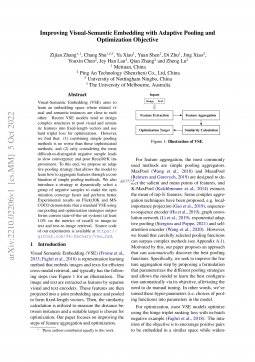
相关内容
-
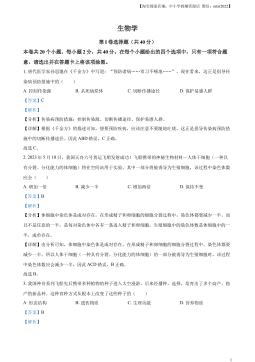
全国各地中考真题:2023年山西省晋中市中考生物真题(解析版)
分类:中学教育
时间:2025-07-10
标签:无
格式:DOCX
价格:10 玖币
-
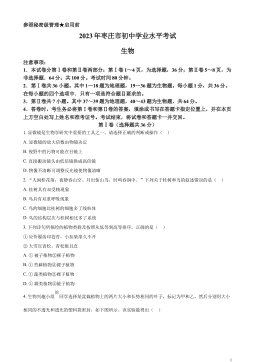
全国各地中考真题:2023年山东省枣庄市中考生物真题(原卷版)
分类:中学教育
时间:2025-07-10
标签:无
格式:DOCX
价格:10 玖币
-
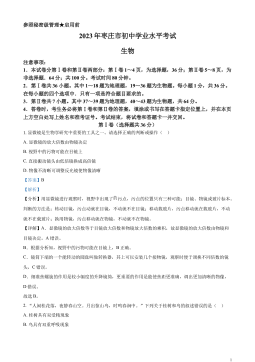
全国各地中考真题:2023年山东省枣庄市中考生物真题(解析版)
分类:中学教育
时间:2025-07-10
标签:无
格式:DOCX
价格:10 玖币
-
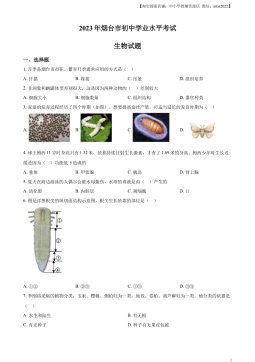
全国各地中考真题:2023年山东省烟台市中考生物真题(原卷版)
分类:中学教育
时间:2025-07-10
标签:无
格式:DOCX
价格:10 玖币
-
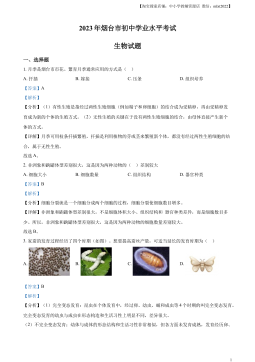
全国各地中考真题:2023年山东省烟台市中考生物真题(解析版)
分类:中学教育
时间:2025-07-10
标签:无
格式:DOCX
价格:10 玖币


 渝公网安备50010702506394
渝公网安备50010702506394
